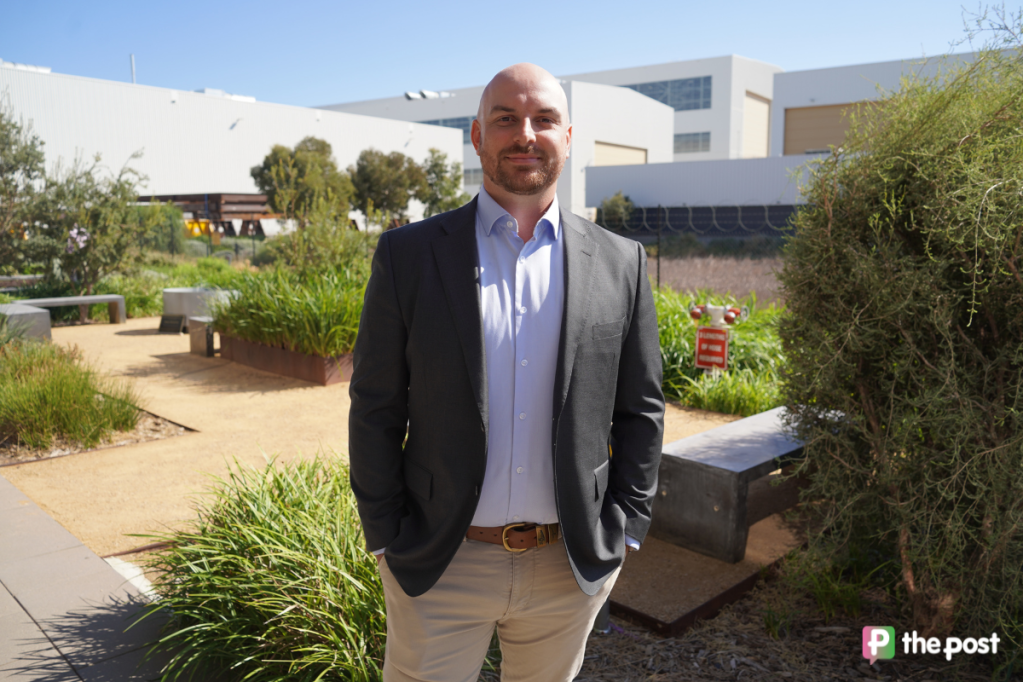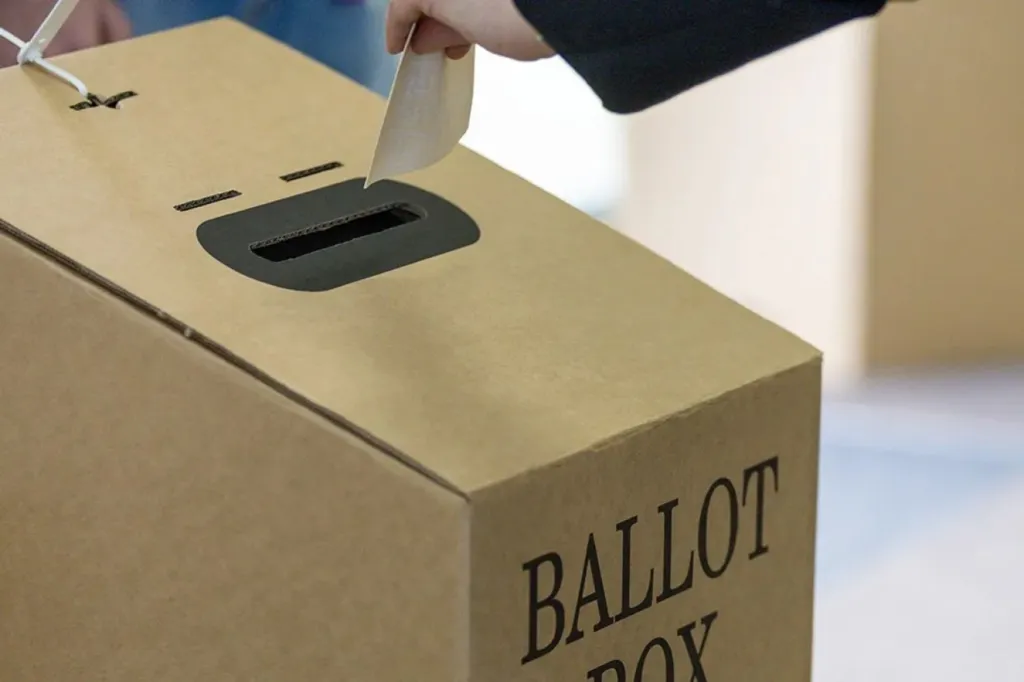Joblessness edges higher, but employment grows strongly
About 44,000 jobs were added to the economy in January, official data shows, with the jobless rate rising from four per cent to 4.1 per cent.

Australia’s unemployment rate edged up to 4.1 per cent in January, but a higher-than-expected rise in jobs shows the labour market is still running hot.
Over the month, 44,000 jobs were added to the economy, according to the Australian Bureau of Statistics.
That was above consensus predictions of a 20,000-strong jobs boost.
The 0.1 percentage point gain in unemployment came after an identical rise in December, but the jobless rate remains historically low and below the 4.2 per cent figure recorded in July.
The participation rate rose to a new record high of 67.3 per cent, said the bureau’s head of labour statistics Bjorn Jarvis.
You might like
“Most of the rise in both employment and unemployment in January reflected rises for women, with female employment rising by 44,000 and unemployment by 24,000. In contrast, male employment and unemployment both changed by less than 1,000 people,” he said.
Some of the increase in unemployment reflected more people than usual with jobs in January who were waiting to start or return to work.
Strength in the labour market has been a bright spot in the economy, with the government welcoming the fact few workers have had to lose their jobs to bring down inflation.
But for RBA governor Michele Bullock, ongoing signs of tightness in the labour market weigh against further interest rate cuts, because of the threat it could cause inflation to rise again.
Stay informed, daily
Despite slashing the cash rate for the first time in more than four years, Bullock made clear the board was far from comfortable with the direction the economy was heading.
“We cannot declare victory on inflation just yet,” she told reporters on Tuesday.
“Many indicators suggest that the labour market is tight, and on some measures tightening further.
“While this is good news for job seekers, the board remains alert to the possibility that it is signalling a bit more strength in the economy, which could delay or stall the disinflation process.”
While bad news for workers, Wednesday’s report that annual wage growth fell from 3.6 per cent to 3.2 per cent in the December quarter should ease some of Bullock’s fears that low unemployment is fuelling growth in labour costs.
Low productivity growth remains a concern for the RBA and the government, even as wage growth cools and unemployment rises.
A key risk to the economy’s outlook, identified by the Reserve Bank in its Statement on Monetary Policy, is that productivity growth remains persistently weaker than predicted.
That could cause inflation to rise again if wages continue to grow faster than the output workers produce.
Three years of near-consistent productivity declines have become a key concern for the Australian economy, said Deloitte Access Economics partner David Rumbens.
“Labour productivity is a key determinant of economic growth and overall living standards,” he said as he unveiled Deloitte’s latest Employment Forecasts report.
“Australia needs a productivity boost – from the market sector via investment, particularly in technology, and from the non-market sector via economic reforms.”








